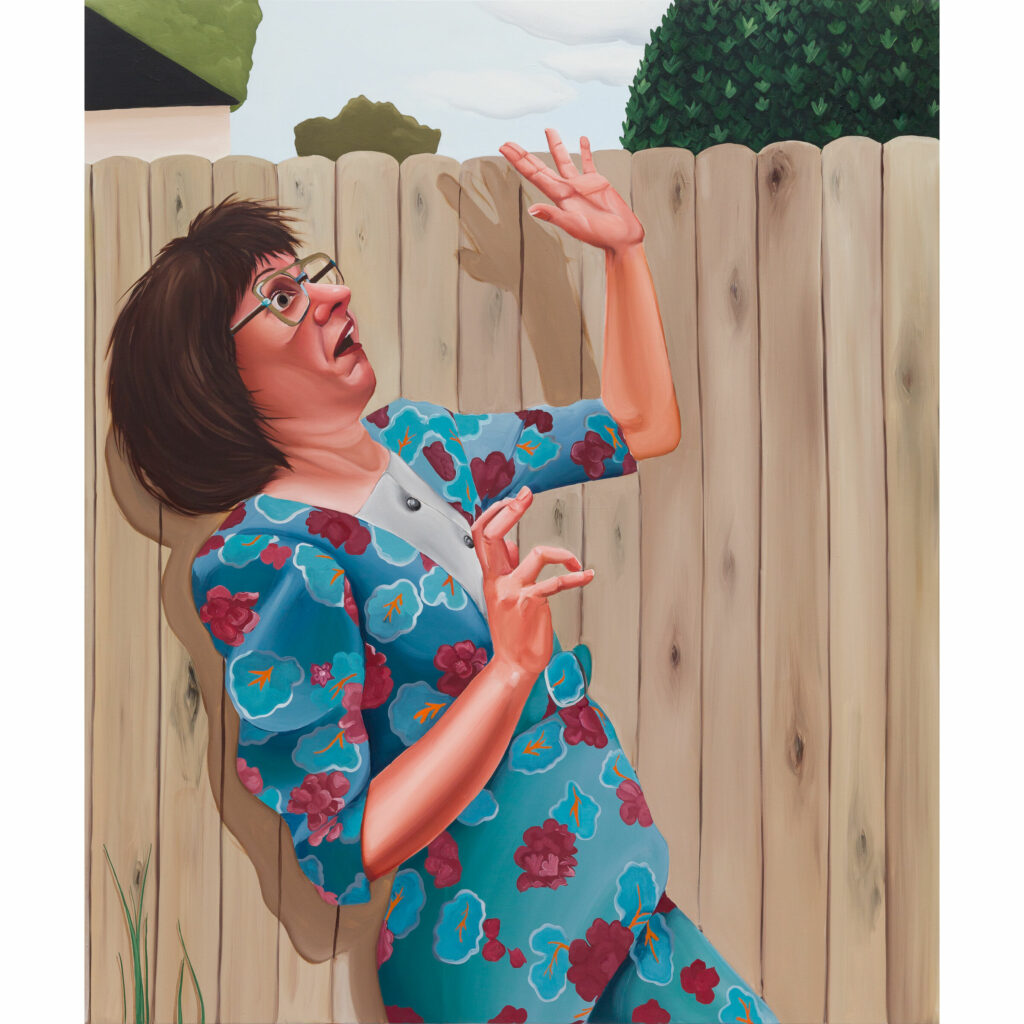Behold a City 4
2019 - Sculpture (Sculpture)
31 x 52 x 37 cm
Ryan Villamael
Behold A City 4 extols the old grandeur of Manila, the nation’s storied capital – the complex nexus of heritage, modernity, and all sorts of compulsions, political or otherwise, that attempt to define it. This is not Manila whittled down to a scale model but a re-imagination of the city by Ryan Villamael in his ardor to approximate its complexity both as a physical, urban fact and an evolving concept. Behold A City 4 features an entirely new topography and arrangement. The previous work was caught in a fire, eerily repeating the fate of Manila when it was carpet-bombed by Japanese forces, becoming the world’s most devastated city after Warsaw during World War II. Just like its predecessor, the current work is an epistolary address to the country’s seat of power, Villamael’s “love letter to the city”. Through his extensive use of archival materials (primarily maps), the artist, through this work and many others, meditates upon-and mediates – history, collective memory, the interpenetrating layers that constitute a locality. Villamael is the cartographer of real places reimagined through the geography of art, mapping out the contours and possibilities of a life within the realm of the collective.
Ryan Villamael’s deeply layered practice is informed by a rare degree of skill and dexterity as well as by vivid imagination and haunting intellectual preoccupations. He is one of the few artists of his generation to have abstained from the more liberal modes of art expression to ultimately resort to the more deliberate handiwork found in cut paper. For Villamael these paper cuts are a vehicle to both summon and tame appearances populating individual psychological landscapes as well as to map society’s ghosts, memories, and historical traces, in a cartography of things both visible and hidden, monumental and forgotten. Working with archival materials, primarily old maps and photographs, his delicate and intricate paper cuts sometimes appear to be miniature stage designs for a theatre of the absurd play on daily life, a Potemkin village whose blatant simulacrum becomes its only reality. While his method follows the decorative nature innate to his medium of choice, from the intricately latticed constructions emerge images that defy the ornamental patchwork found in the tradition of paper cutting, and instead becomes a treatise of a unique vision that encompasses both the inner and outer conditions that occupy the psyche. These range from the oblique complexity of imagined organisms to the outright effects of living in a convoluted city. Although his persistence in sustaining a discipline more often subjected to handicraft has been evident from his works, Villamael maintains that his primary interest lies rather on the conceptual significance of craft in the process of creating contemporary art, and continues to recognize the possibility of how his works can still evolve under this light.
Colors:
Related works sharing similar palette
» see more
Related works found in the same semantic group
» see more

© » KADIST
John Houck
2013John Houck’s multi-layered photographic compositions immortalize nostalgic objects from the artist’s childhood, manipulated in the studio and in post-production into unreal still-life arrangements...

© » ARTS EQUATOR
Weekly Southeast Asia Radar: Malaysian theatre goes digital; Vietnam's film industry | ArtsEquator Thinking and Talking about Arts and Culture in Southeast Asia ArtsEquator Radar KLPac March 27, 2020 ArtsEquator’s Southeast Asia Radar features articles and posts about arts and culture in Southeast Asia, drawn from local and regional websites and publications – aggregated content from outside sources, so we are exposed to a multitude of voices in the region...

© » KADIST
Orion Shepherd
2010Ballad of the Unabomber Part I is a painting by Orion Shepherd that features several manila folders stacked in order according to their size, resting atop a grainy hardwood pattern...





